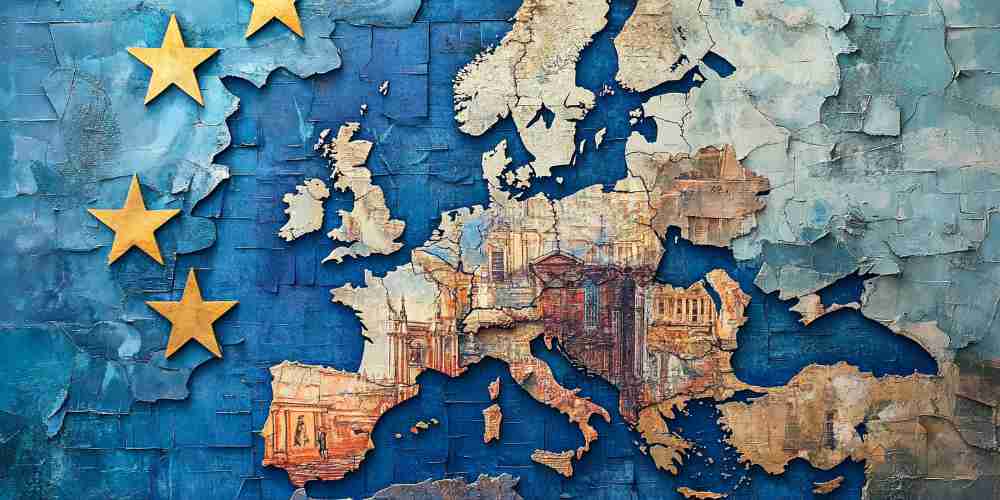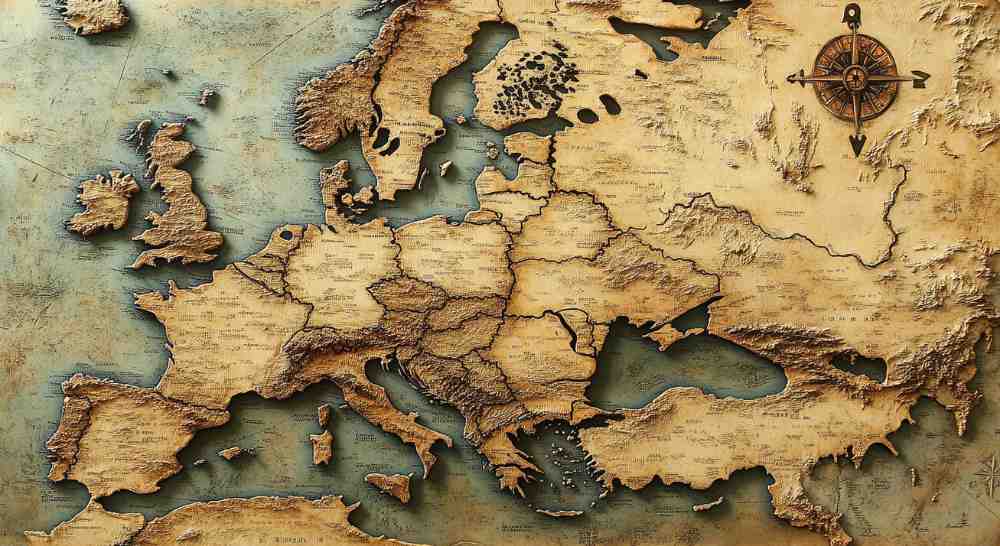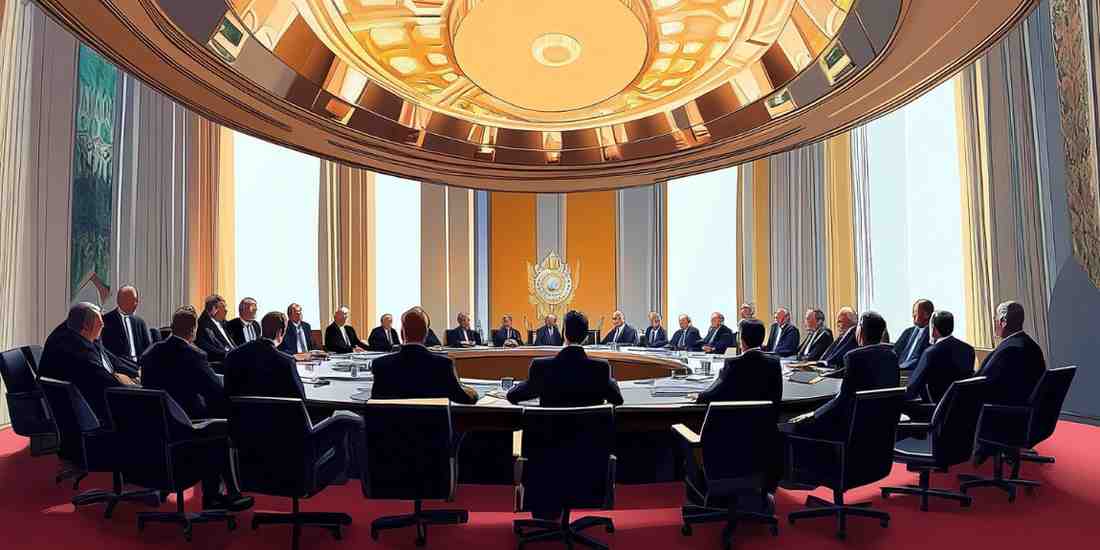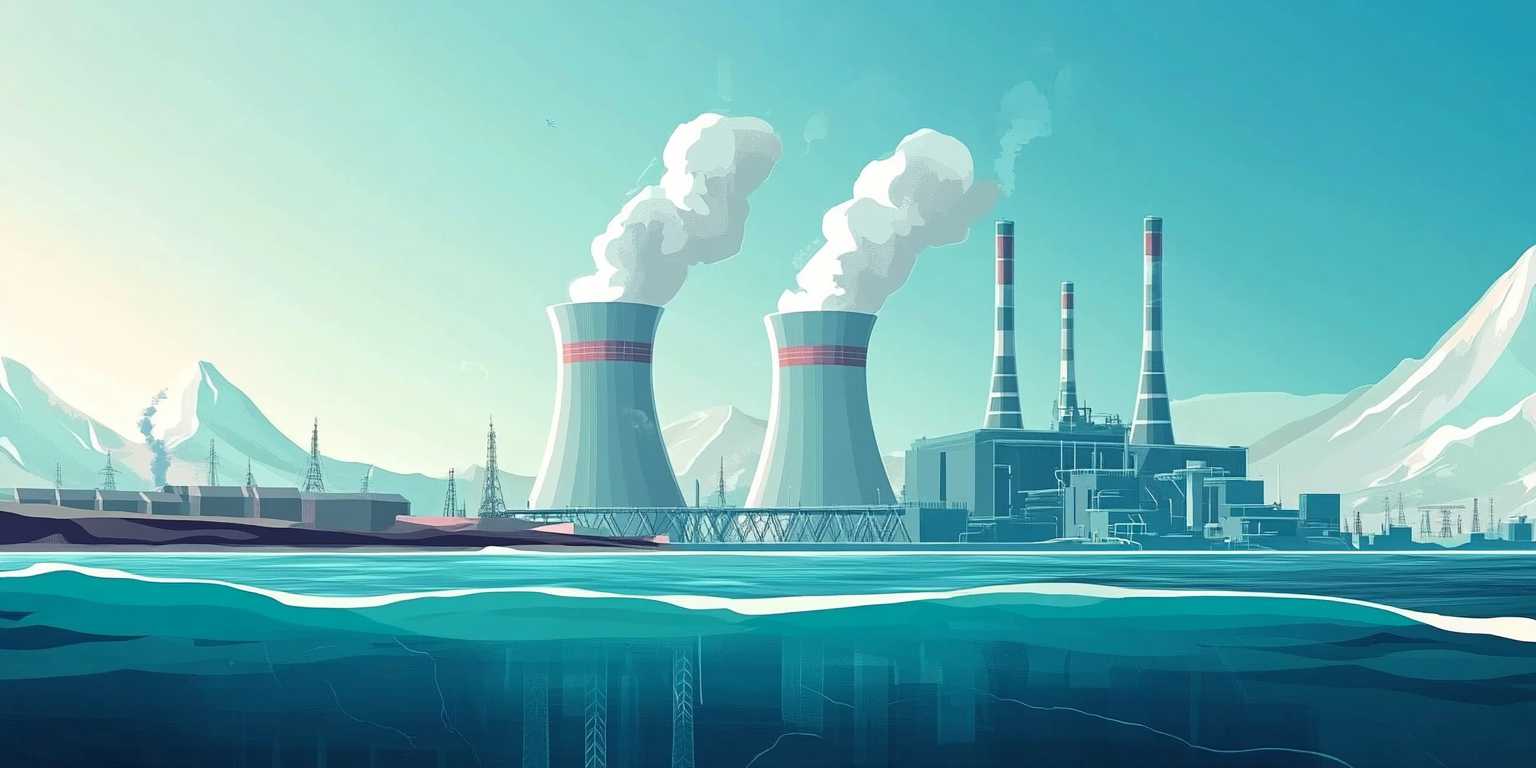Amsterdam: Debt, Prestige, and the Bill for the Rest of the Netherlands
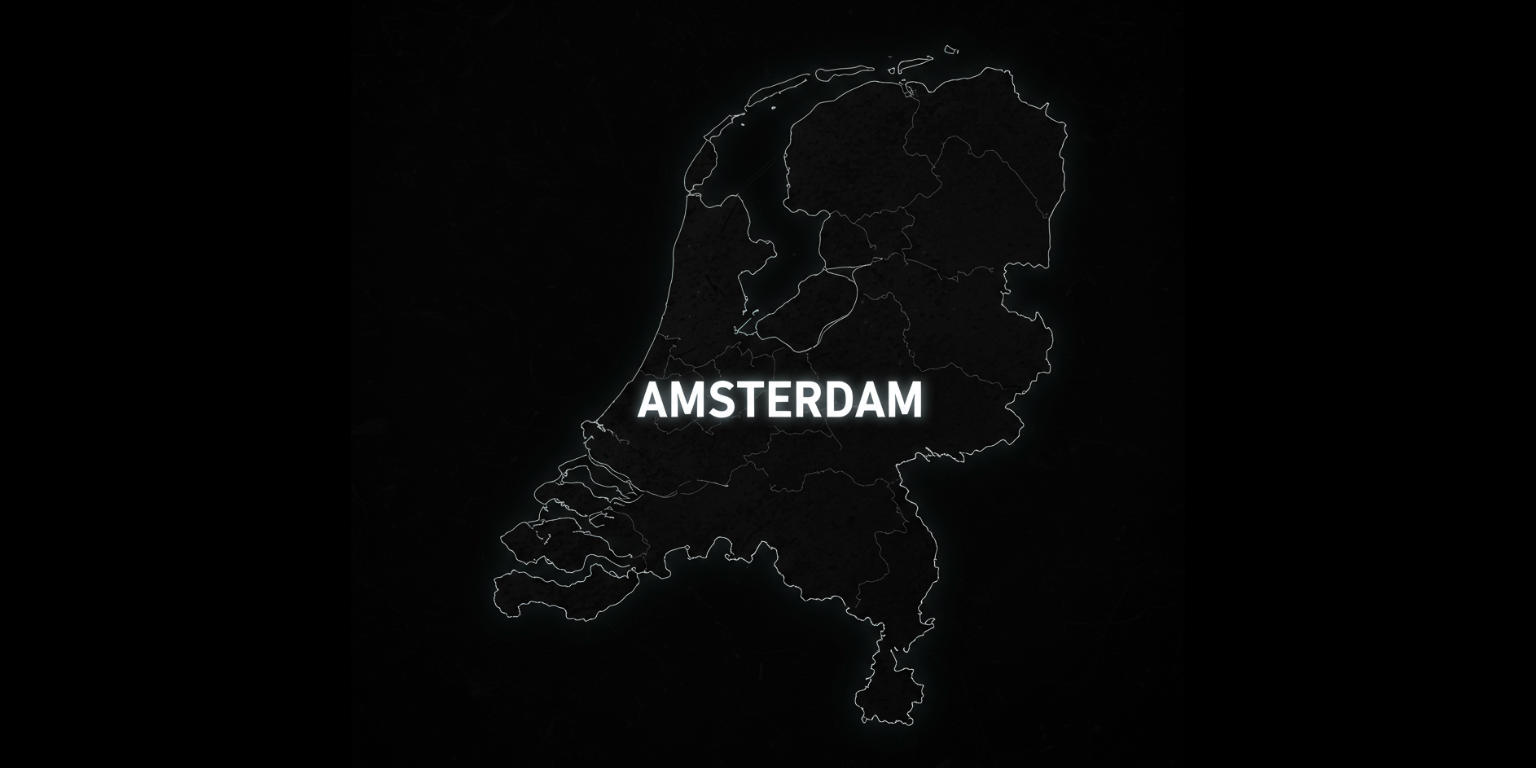
Amsterdam is known as a city of progress, innovation, and cultural wealth. But behind the gleaming facades of the historic center and ambitious projects lies a financial reality that is far less rosy. The capital is burdened with massive debt and seems unable to control its spending. Meanwhile, a significant portion of these financial burdens ultimately falls on the shoulders of the rest of the Netherlands. At the same time, the city cultivates an attitude of superiority over other regions, despite its reliance on national funds.
The Growing Debt Burden
A City in the Red
According to the latest figures, the municipality of Amsterdam carries a debt amounting to billions of euros, a figure that has steadily increased in recent years. In 2023, the municipal debt had already surpassed €7 billion, with expectations of further growth (Algemene Rekenkamer, 2023). This is partly due to large-scale infrastructure projects but also to social benefits and subsidies that no other Dutch city provides on the same scale.
Structural Deficits and Mismanagement
Beyond its rising debt, Amsterdam also faces persistent budget deficits. A report by the Algemene Rekenkamer found that the city has been spending more than it earns for years (Algemene Rekenkamer, 2022). Significant investments are made in prestige projects, while essential services are under pressure. This raises the question of how sustainable this financial policy truly is.
Prestige Projects and Wasteful Spending
Luxury Over Necessity
Amsterdam has a long history of expensive prestige projects that often exceed their budgets and whose necessity is debatable. Take, for example, the North/South metro line, which faced years of delays and cost billions more than originally planned (Gemeente Amsterdam, 2018). Similarly, the renovation of Museumplein and the ongoing redesign of public spaces cost tens of millions of euros annually.
Symbolic Politics and Faux Innovation
In addition to infrastructure projects, the city also spends millions on initiatives that hold mostly symbolic value. Examples include subsidies for ‘sustainability experiments,’ art installations, and inclusion campaigns, which often have no measurable impact on the city’s livability (CBS, 2021). These expenditures seem aimed more at bolstering Amsterdam’s progressive image than at addressing real issues.
Social Benefits: Generous for Some, a Burden for Others
A Magnet for Welfare Recipients
Amsterdam has one of the most generous social safety nets in the Netherlands. Spending on social security and welfare benefits is exceptionally high, partly due to a municipal policy where strict enforcement against welfare fraud is virtually nonexistent (UWV, 2020). This results in the city attracting people who prefer to remain on benefits rather than work.
Unfair Distribution of Costs
While the municipality generously provides social benefits and funds various social projects, these costs are ultimately borne largely by taxpayers in the rest of the Netherlands. Many Amsterdam residents enjoy social housing with extremely low rents, while the housing crisis outside the Randstad continues to worsen (Ministerie van Binnenlandse Zaken, 2022). The question arises whether it is fair that the rest of the country has to foot the bill for this luxury.
The Arrogance of Dependency
Looking Down on the Rest of the Netherlands
Despite its financial dependence on national funds, Amsterdam often behaves as though it is morally and culturally superior to the rest of the Netherlands. The city’s political climate is progressive and cosmopolitan, with little appreciation for the regions that economically sustain the country (SCP, 2023).
Reliance on National Funds
Ironically, Amsterdam can only maintain its spending habits thanks to contributions from the Gemeentefonds (Municipal Fund) and other national subsidies. Without this financial support, the city would face serious problems (VNG, 2023). It is therefore striking that the capital frequently positions itself against national policies, despite being heavily reliant on financial flows from other parts of the Netherlands.
International Prestige at the Expense of the Taxpayer
Benefits for Foreigners Over Dutch Citizens
Amsterdam increasingly aims to profile itself as an ‘international’ city, attracting large numbers of expats and foreign students. However, this comes at the expense of the local population. Foreigners often receive tax breaks, financial benefits, and preferential treatment in the job market, putting Dutch citizens and businesses at a disadvantage (CPB, 2023).
Wasteful Spending on International Image
Beyond providing benefits to foreigners, Amsterdam spends millions on projects aimed at enhancing its international appeal. Examples include costly English-language campaigns, subsidies for expat communities, and tax incentives for foreign companies that are not available to Dutch businesses (Ministerie van Financiën, 2023). All of this is funded by the Dutch taxpayer, who sees little return on this investment.
Conclusion: An Unsustainable Model
Amsterdam presents itself as a modern, progressive, and prosperous city, but the financial reality tells a different story. The growing debt, reckless spending, and dependence on national funding make it clear that the current model is unsustainable. While the rest of the Netherlands foots the bill, Amsterdam continues to position itself as a city that ‘knows better.’ The question remains how long this situation can persist before reality catches up with the capital.
References
- Algemene Rekenkamer. (2023). Report on Amsterdam’s municipal finances.
- Algemene Rekenkamer. (2022). Financial trends in Dutch municipalities.
- CBS. (2021). Government spending on culture and sustainability.
- CPB. (2023). Effects of tax benefits for expats.
- Gemeente Amsterdam. (2018). Evaluation of the North/South metro line.
- Ministerie van Binnenlandse Zaken. (2022). Housing crisis and social housing.
- Ministerie van Financiën. (2023). International tax benefits in the Netherlands.
- SCP. (2023). Cultural differences between regions in the Netherlands.
- UWV. (2020). Welfare policies and enforcement in Amsterdam.
- VNG. (2023). Financial dependence of Dutch municipalities.

